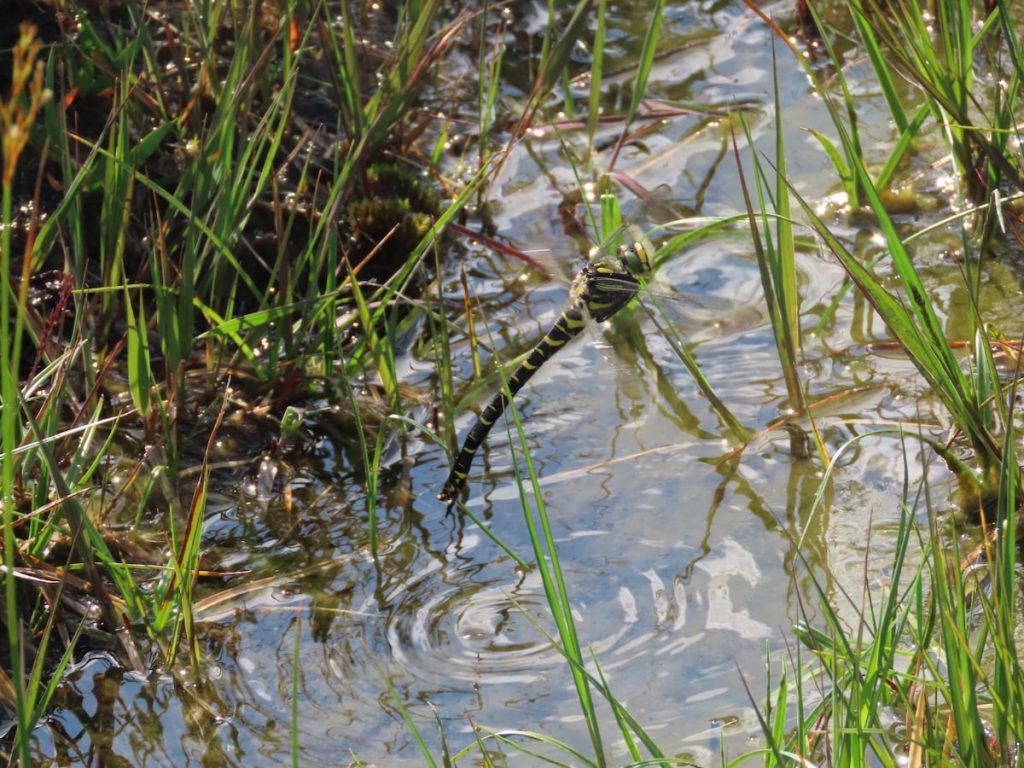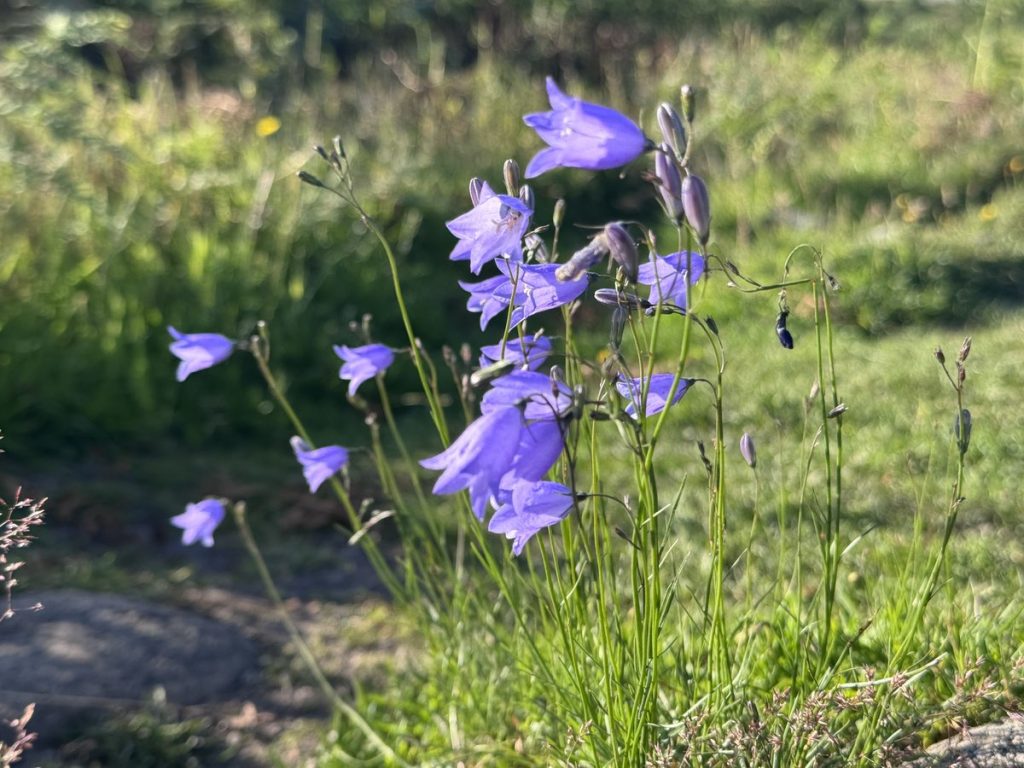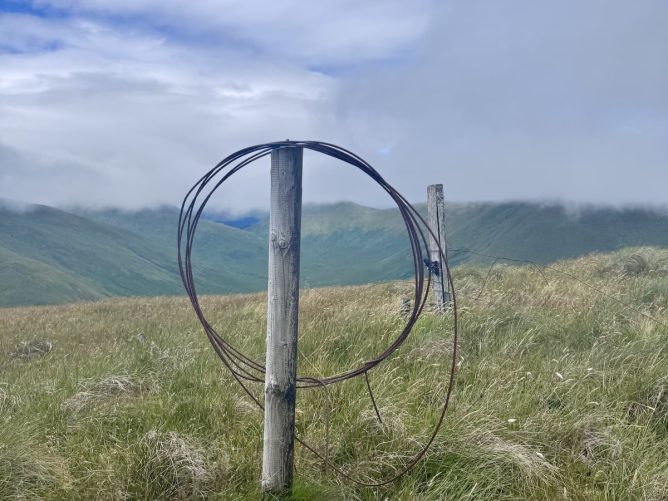
#silentsunday #butterfly


#silentsunday #butterfly

I saw this golden ringed dragonfly laying eggs in a tiny hill burn today.

Stonechats having a chat at Barassie Beach yesterday evening. Plenty of butterflies about too.


#SilentSunday #Flora #Bloomstrolling #Bloomscrolling

A group of harebell, one of my favourite flowers, out this evening in Ardinning. First I’ve seen this year.

Round the Finlas Loop, warm & cloudy.
Creagan hill flora:
Mostly grass & deer grass, sparkling with wee flowers today.
Heather both ling & bog.
Heath bedstraw, cow wheat, tormentil, bog asphodel, bog cotton. Blaeberries.
Sphagnum and many other mosses.
Yorkshire fog and other grasses.

A young looking fox, all long legs & ears, runs out of a garden across the road, doubles back from the traffic. It runs between a couple of gardens so I cross the road & keek, the fox is sitting in the border looking straight back. A quick blurry phone pic & I leave quietly.
Read: The Divorcees by Rowan Beaird ★★★★★
The fifties in a “divorce ranch” in Reno. I did not expect to love this, but I did. Felt a bit like a B&W movie. A feeling of things going awry builds. Great characters, interesting ‘history’ & some surprises.
@Miraz what a lovely set of links. Especially the bushcraft kid. While I’ve not seen anything as dramatic, I see a lot of good in outdoor learning in mainstream (taking my class to the woods for a morning). Gives kids a bit of space both physically and mentally.
The bit I enjoyed most, though, was the punchline at the end. “The irony”, wrote Claude, “is that by calling LLMs ‘artificial intelligence’, we’re not just mischaracterising what these systems do; we’re also impoverishing our understanding of what human intelligence actually is.
Refreshing, straightforward piece from yesterday’s Observer.